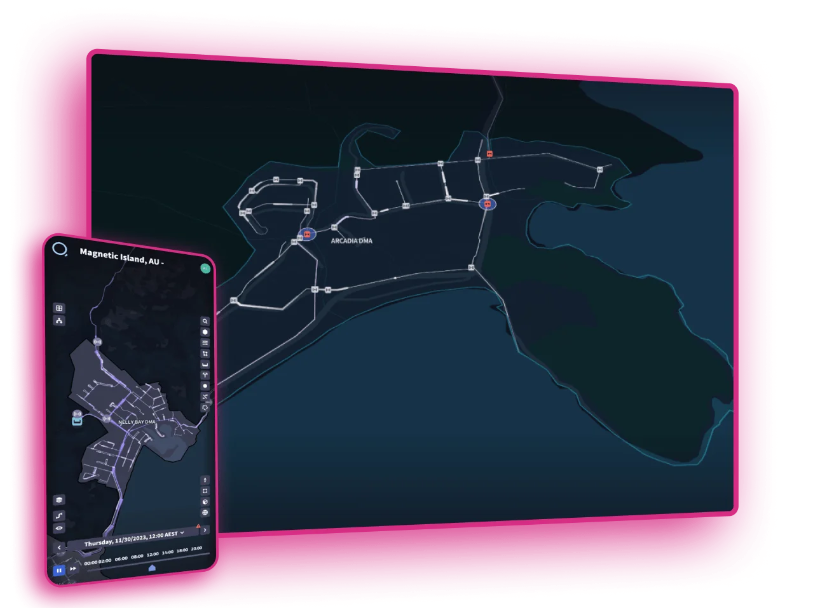Digital Transformation of water utilities
Data Management Analysis
Data Management Analysis
The digital transformation of water utilities involves leveraging technology to improve the management, delivery, and conservation of water resources. Data management and analysis play a crucial role in this transformation by providing insights into water usage patterns, infrastructure performance, and environmental factors.
data management analysis can be applied in the context of water utilities:
Gather data from various sources including sensors, meters, SCADA (Supervisory Control and Data Acquisition) systems, customer billing records, and GIS databases. This data may include information on water flow rates, pressure levels, water quality parameters, weather conditions, customer demographics, and infrastructure assets.
Integrate data from disparate sources to create a unified view of water utility operations. Use data integration techniques such as ETL (Extract, Transform, Load) processes, data warehousing, and API (Application Programming Interface) integration to consolidate data from different systems into a centralized repository.
Ensure the accuracy, completeness, and consistency of data through data quality assurance processes. Implement data validation rules, error detection algorithms, and data cleansing techniques to identify and rectify errors, anomalies, and inconsistencies in the data.
Establish robust data storage and management infrastructure to store, organize, and retrieve water utility data efficiently. Utilize database management systems (DBMS), cloud storage solutions, and data governance frameworks to manage large volumes of data and ensure data security, availability, and scalability.
Apply data analysis techniques such as statistical analysis, machine learning, and predictive modeling to extract actionable insights from water utility data. Analyze historical data to identify trends, patterns, and correlations related to water consumption, infrastructure performance, and customer behavior.
Monitor key performance indicators (KPIs) related to water utility operations using data dashboards and visualization tools. Track metrics such as water leakage rates, asset reliability, water quality compliance, and customer satisfaction to assess the performance of the water utility and identify areas for improvement.
Implement predictive maintenance strategies based on data-driven insights to optimize the maintenance of water infrastructure assets. Use predictive analytics to forecast equipment failures, prioritize maintenance activities, and minimize downtime and service disruptions.
Forecast future water demand based on historical usage data, demographic trends, and environmental factors. Use demand forecasting models to anticipate fluctuations in water demand and optimize water supply management, infrastructure planning, and resource allocation.
Leverage data analytics to enhance customer engagement and communication. Provide customers with access to water usage data, personalized insights, and conservation tips through online portals, mobile apps, and smart metering systems. Use customer feedback data to improve service delivery and address customer concerns.
Ensure compliance with regulatory requirements and reporting obligations through data management and analysis. Generate regulatory reports, submit compliance data, and demonstrate adherence to water quality standards, environmental regulations, and industry best practices.
